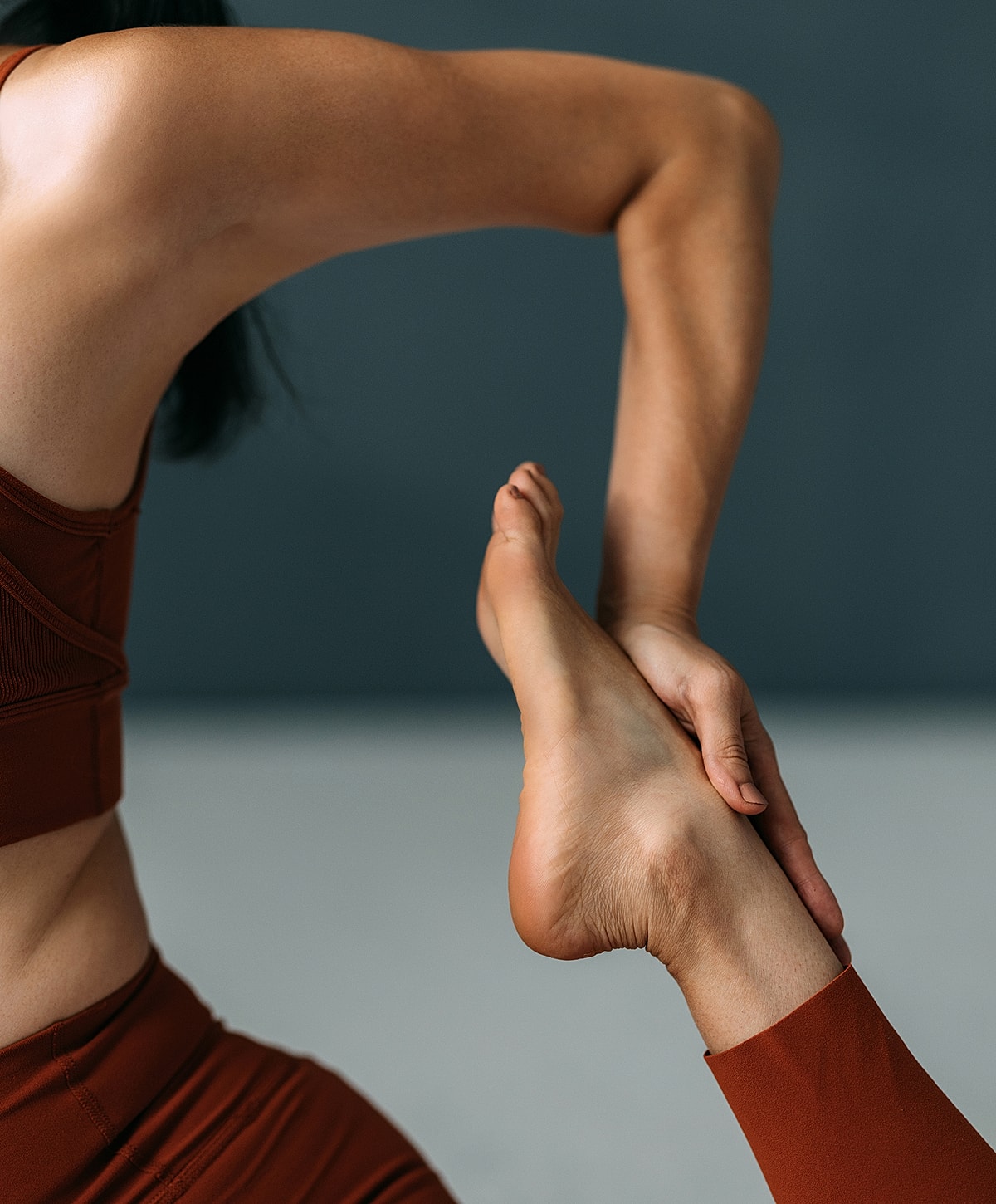
Ankle Instability



Ankle instability is a condition in which it feels as though the outer side of your ankle is going to give way. The condition often develops if you've had multiple ankle sprains.


Preventing ankle instability begins with building strength, balance, and flexibility in the surrounding muscles and tendons. Regular exercise that targets the peroneals, calf muscles, and intrinsic foot muscles helps stabilize the joint and absorb shock during movement. Incorporating balance training—such as single-leg stands, wobble board exercises, or proprioceptive drills—can significantly reduce the risk of ankle sprains by improving neuromuscular coordination.
For individuals with a history of ankle injuries, custom orthotics or ankle braces may offer additional protection. Ensuring adequate warm-up before activity, avoiding uneven terrain when possible, and following a thorough rehabilitation plan after any ankle injury are key to maintaining long-term stability and preventing chronic ankle instability.
Step Into a Higher Standard of Foot Health x Whole-Person Care
This is more than an appointment. It’s the start of a personalized journey toward relief, clarity, and care that feels effortless. We take the frustration out of medicine—supporting our patients through every step, from managing prescriptions to providing direct access to our team without the stress.
At New Orleans Podiatry, we deliver concierge-level care that extends well beyond the clinic. Whether it's managing your appointments, clarifying your care-plan, or simply seeking advice from your doctor, your team is in your pocket daily via text.
